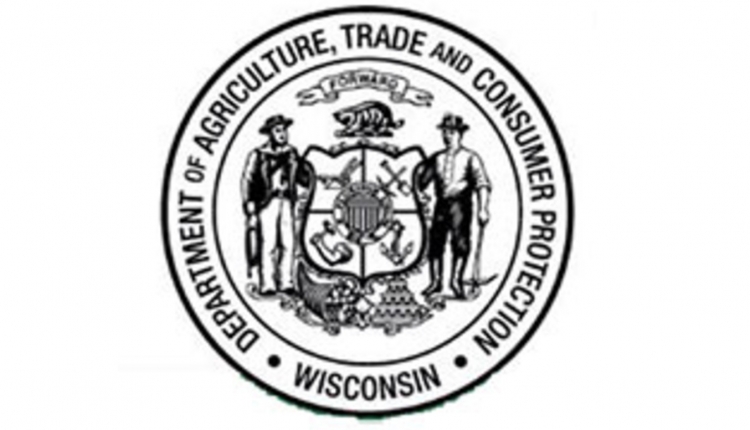
“A good Nutrient Management Plan and SnapMaps can help you determine where to spread and the proper application rate. The Runoff Risk Advisory Forecast is a decision tool to help you determine when it’s safe to spread. Assessing current field conditions is just one step in the process farmers should use to make decisions,” said Mark Witecha, Soil and Watershed Management Section Manager for DATCP.
The Runoff Risk Advisory Forecast can be found at http://www.manureadvisorysystem.wi.gov/ runoffrisk/index. The forecast includes maps showing short-term runoff risk for daily field application planning. The maps take into account soil saturation and temperature, weather forecast, snow and crop cover, and slope. The National Weather Service updates the forecast three times daily.
Additional nutrient management planning resources, including the 2021 virtual nutrient management training for farmers, is available from DATCP at https://datcp.wi.gov/Pages/Programs_Services/NutrientManagement.aspx.
Alternatives to Spreading Manure
Farmers should contact their crop consultant, county land conservation office, or the Wisconsin Department of Natural Resources (DNR) for help identifying alternatives to high-risk spreading. If farmers must spread manure, crop consultants and county conservationists can help identify fields where the risk is lower. A directory of county conservation offices is available on the Wisconsin Land + Water website at http://wisconsinlandwater.org.
Reporting Manure Spills
All agriculture and livestock operations must report spills or runoff affecting water to the DNR’s 24- hour emergency spills hotline at (800) 943-0003. More information about preventing and planning for manure spills is available on the DNR’s website at http://dnr.wi.gov/topic/agbusiness/manurespills.html.

